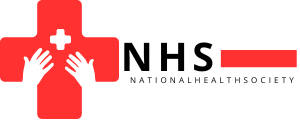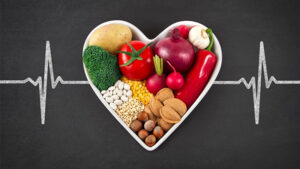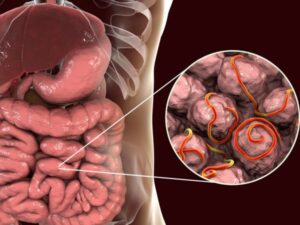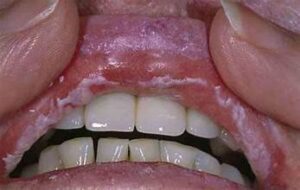Controlling blood pressure
If your blood pressure is in the normal range, stick with heart-healthy habits such as following a balanced diet and getting regular exercise.
If your blood pressure is elevated, work with your health care professional to control the condition.
In hypertension Stage 1, your health care professional should prescribe lifestyle changes. They may consider adding medication based on your risk of heart disease or stroke and should add medication if you have other conditions such as diabetes, heart failure and kidney disease.
In hypertension Stage 2, your health care professional should prescribe blood pressure medication and lifestyle changes.
In hypertensive crisis, you need medical attention.
Wait five minutes after your first reading.
Take your blood pressure again.
If your readings are still unusually high, contact your health care professional immediately.
Call 911 if your blood pressure is higher than 180/120 and you are having:

chest pain
shortness of breath
back pain
numbness
weakness
change in vision
difficulty speaking
Your blood pressure numbers and what they mean
Your blood pressure is recorded as two numbers:
Systolic blood pressure is the first number. It measures the pressure your blood is pushing against your artery walls when the heart beats.
Diastolic blood pressure is the second number. It measures the pressure your blood is pushing against your artery walls while the heart muscle rests between beats.
Which number is more important?
A higher systolic or diastolic reading may be used to diagnose high blood pressure. But the systolic blood pressure tells more about risk factors for heart disease for people over 50. As people get older, their systolic blood pressure usually goes up because:
Large arteries become stiffer
There is more plaque buildup over time
Higher rates of heart and blood vessel diseases





